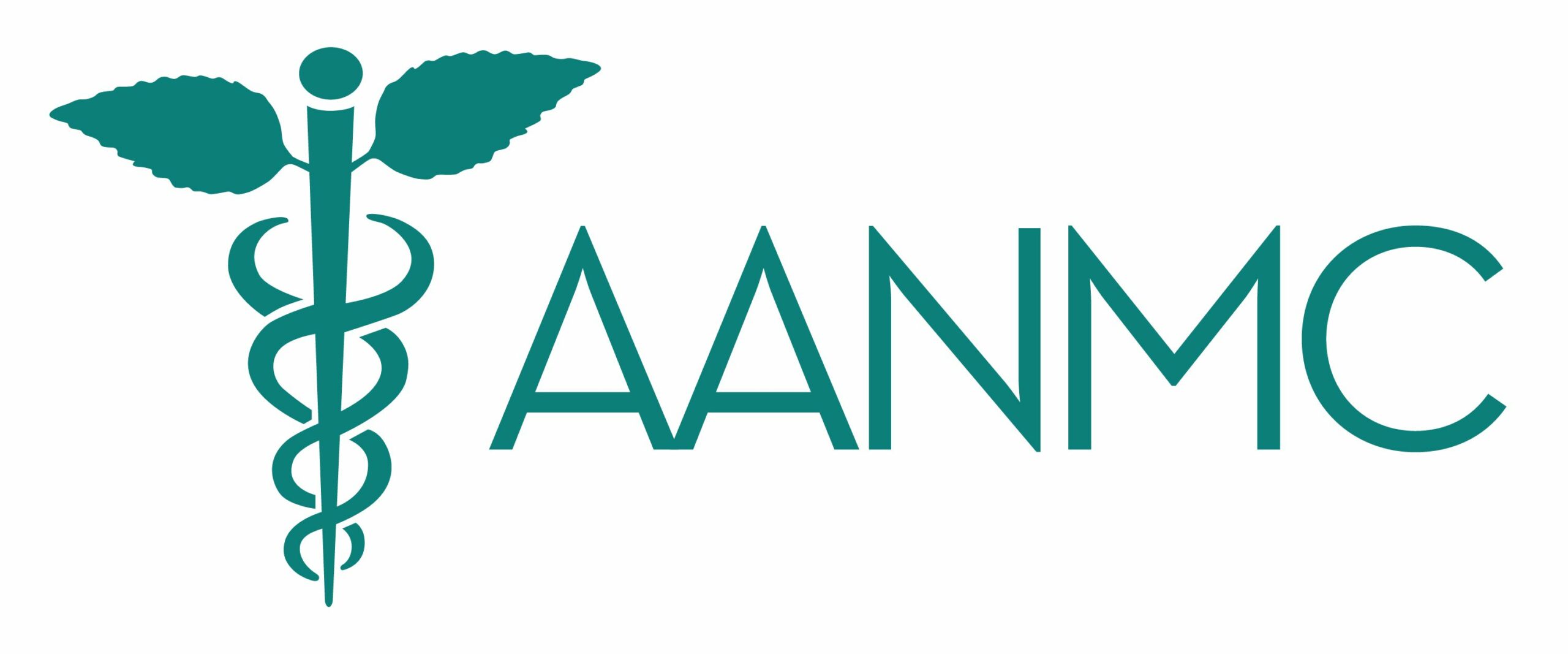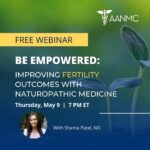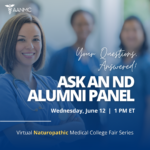What is ADHD?
Attention deficit hyperactivity disorder, more commonly known as ADHD, is a neurodevelopmental disorder that begins in childhood and can often persist into adulthood. 1 In the United States, 11 percent of children and adolescents are diagnosed with ADHD and 4.4 percent of adults continue to experience it throughout adulthood. There are likely many more people who have undiagnosed ADHD. 2 People with ADHD commonly experience hyperactivity, lack of focus, difficulty with deadlines, and impulsivity. Signs of this disorder usually appear before age 12. 3
Common Signs of ADHD
ADHD can present very differently in adults and children. Here is what to look for.
In Children
In children and adolescents, ADHD usually manifests as hyperactivity and impulsivity. This might look like fidgeting, restlessness, academic struggle, difficulty making friends, and behavioral issues. 4
*If you suspect your child may have neurological or developmental issues, your local school can make recommendations for formal assessment.
In Adults
Signs of ADHD in adults can be more subtle and difficult to notice, and many adults have adapted to compensate for their lack of focus. Common adult ADHD signs include difficulty concentrating or focusing on one thing at a time, missing details, and being forgetful about daily activities or chores. Adults with the disorder can come across as being “flaky” because they often have a hard time following through on their word, have trouble keeping appointments, or are habitually late. 5 Adult ADHD can also impact communication style and may cause people to feel compelled to finish other peoples’ sentences, have a hard time seeing other peoples’ perspectives, and interrupt others while they are speaking. 6 A misperception is that people with ADHD have trouble focusing, however they can become hyperfocused on a specific task, which can be a benefit in some employment settings.
Ways to Manage ADHD
Some people find that medication is the best way to manage their ADHD, while others prefer non-medication options. The following are natural approaches that can be used on their own or in addition to medication.
Therapy & Support Groups
Many people find talk therapy, cognitive behavioral therapy (CBT), and support groups helpful for understanding and coping with their ADHD. There are many different therapies and groups available. Speak to your healthcare practitioner for advice on what would be best for you.
Organization Tools
Since people with ADHD commonly struggle with appointments, deadlines, and other detail-oriented things, having an arsenal of organizational tools can be very helpful in reducing these struggles. Making lists, using both electronic and paper calendars, and setting phone reminders can all make navigating time-sensitive and detailed tasks easier. Some people have issues with certain tasks over others, so finding support for the items that are most challenging can be helpful as well.
Diet & Exercise
A healthy, balanced diet high in omega-3 fatty acids, low in sugar and artificial additives can help to manage symptoms. 7 8 Some research also suggests that gut microbiome health may impact ADHD. 9 Exercise is a valuable channel for extra energy and can help with focus. Movement, especially in children, can be used to provide brain breaks during mentally strenuous activities. A naturopathic doctor can help to develop a diet, exercise, supplement and lifestyle plan tailored to help those with ADHD feel their best.








